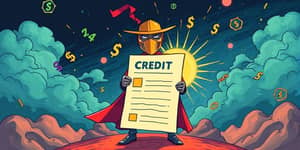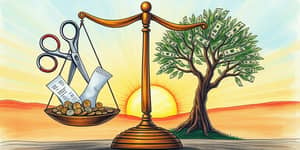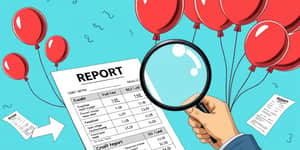
Financial surprises can strike at any moment, whether it’s an unexpected car repair, a medical bill, or the sudden loss of income. Without a well-structured plan, these shocks often force individuals to reach for high-interest credit cards or payday loans. By creating a robust emergency fund, you build a reliable safety net for unforeseen costs and maintain control over your financial future.
In this comprehensive guide, you will learn why an emergency fund is indispensable, how much you should save, and actionable steps to build and manage your reserve. You’ll also discover the best places to store your savings and common pitfalls to avoid. Let’s begin the journey toward greater financial resilience.
The primary purpose of an emergency fund is to serve as a financial buffer to avoid debt. When emergencies arise, dipping into this reserve prevents the need to borrow at steep interest rates. According to a recent Federal Reserve survey, more than 35% of Americans cannot cover a $400 expense without borrowing. That statistic underscores the fragility many households face today.
By having a dedicated pool of savings, you can:
Experts widely recommend saving between three to six months’ worth of living expenses. This benchmark ensures you have enough to cover rent or mortgage, utilities, groceries, insurance, transportation, and minimum debt payments for a prolonged period without income.
For example, if your essential monthly costs total $3,000, aim to accumulate:
Individuals with irregular income streams, such as freelancers or small-business owners, may want to target nine to twelve months. Those anticipating significant life changes—like a new child or a move—should also consider a larger buffer.
Building a sizable reserve need not be overwhelming. By breaking the process into manageable stages and adopting supportive habits, you can steadily grow your fund.
Liquidity and security are paramount when choosing an account for your emergency money. You don’t want your funds tied up in investments that could lose value or require lengthy withdrawal processes.
Consider these options:
Online banks and credit unions often offer interest rates several times higher than traditional brick-and-mortar institutions, without sacrificing liquidity. Always confirm that any account you choose is insured by the FDIC or NCUA.
Knowing the range of potential emergencies helps you appreciate the value of a well-funded reserve. Here are some situations that justify tapping your fund:
Even the most disciplined savers can fall into traps that derail progress. Being aware of these pitfalls allows you to stay on track:
Consider the story of Maria, a single parent whose car broke down on her commute home. With no emergency fund, she charged repairs to a credit card at a 24% APR. The $600 repair bill rapidly grew to over $800 by the time she paid it off. By contrast, her neighbor James had saved six months of expenses. When his water heater failed, he paid $1,200 from his fund with no interest charges or added stress, and simply scheduled extra contributions the following weeks to restore his balance.
These real-world examples highlight how an emergency fund can be the difference between compounding debt and calm financial recovery.
Creating and maintaining an emergency fund is an act of self-care for your finances. It arms you with the confidence to face unexpected challenges and preserves your long-term goals. While it requires discipline and sacrifice, the peace of mind you gain is invaluable.
Start today by setting a small goal and automating your savings. As your fund grows, so will your resilience. When life inevitably throws a curveball, you’ll be ready, secure in the knowledge that you have a dedicated cushion of funds to carry you through without relying on high-interest debt.
References













